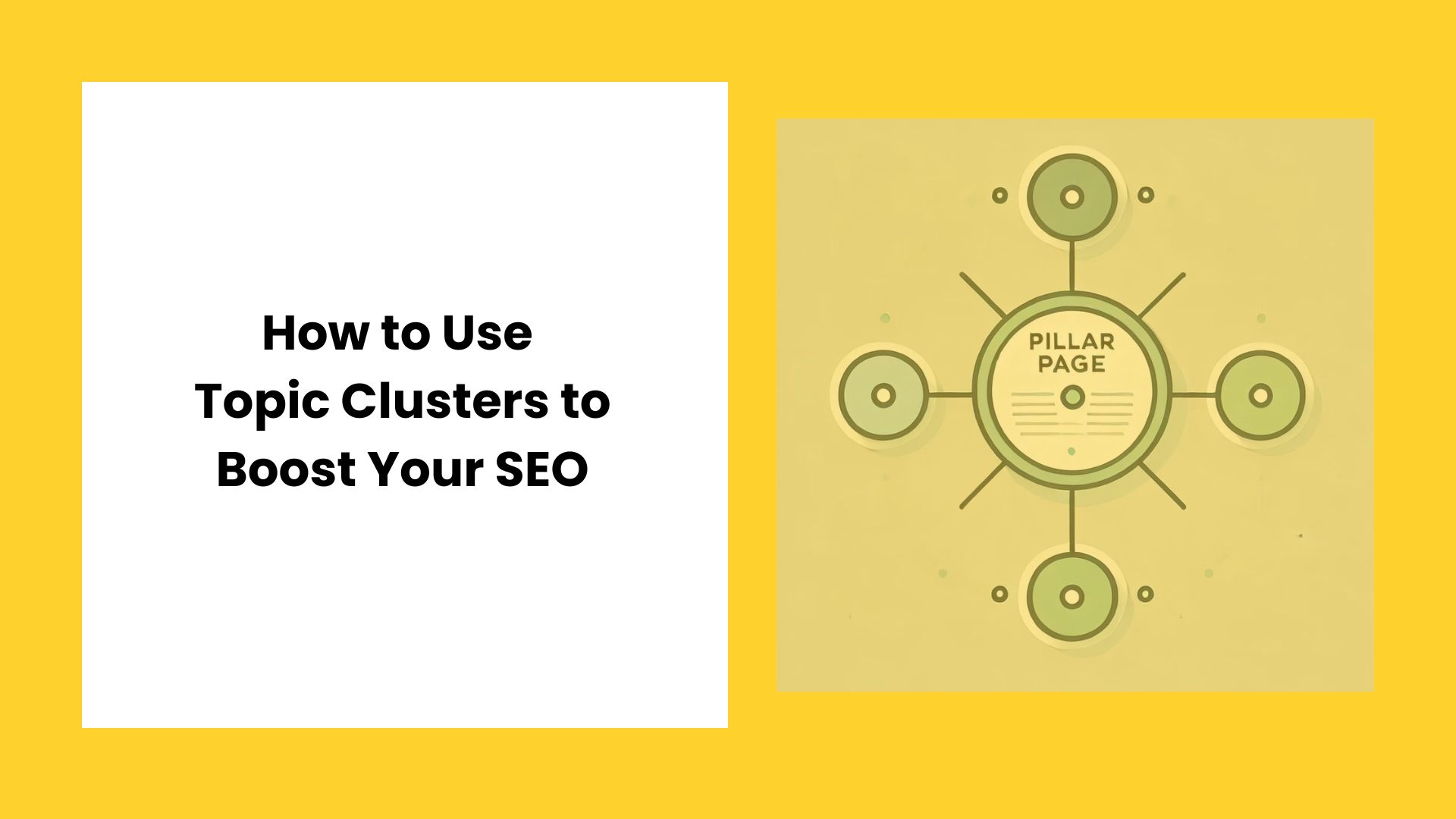
Topic clusters have emerged as a powerful SEO strategy to enhance content organization on your website and improve your search engine rankings. This approach revolves around creating a comprehensive network of related content, focusing on a broad topic and various subtopics. This guide will explain what topic clusters are, why they’re beneficial, and how you can implement them to strengthen your SEO and outrank your competitors.
Understanding Topic Clusters
Topic Clusters are a strategic method of structuring a website’s content by organizing it around central themes or topics. At the heart of each cluster is a Pillar Page, which serves as the cornerstone content piece. This page provides a comprehensive overview of a broad topic. Branching out from the pillar page are various Cluster Content pieces, each focusing on a more specific subtopic related to the main topic. This structure not only helps in organizing content more coherently but also improves SEO by interlinking related articles that boost each other’s search rankings.
Benefits of Using Topic Clusters
Step-by-Step Guide to Implementing Topic Clusters
Step 1: Choose Your Core Topics
Start by identifying broad topics that are central to your business and valuable to your target audience. These topics should be expansive enough to generate multiple subtopics yet relevant enough to reflect your products, services, or industry expertise.
Example: A core topic for a plumbing company might be “Residential Plumbing Services.
Step 2: Create Pillar Content
The pillar page should be a comprehensive guide to the main topic. It doesn’t need to cover every subtopic in exhaustive detail but should provide enough content to be a standalone resource. Its role is to offer an overview and act as a gateway to more detailed cluster articles.
Example: Create a detailed guide titled “Complete Guide to Residential Plumbing Services,” which includes sections on common issues, maintenance tips, and troubleshooting
Step 3: Identify Subtopics for Cluster Content
Analyze keyword data, search intent, and competitor content to identify potential subtopics. Each subtopic should address a specific question or aspect of the main topic. Tools like Ahrefs, SEMrush, or Google’s “People also Ask” can provide insights into what your audience is searching for.
Example: Subtopics for “Residential Plumbing Services” might include “Emergency Plumbing Repairs,” “How to Prevent Plumbing Leaks,” and “Benefits of Regular Plumbing Maintenance.”
Step 4: Develop Cluster Content
Create individual content pieces that address the subtopics. Each piece should link back to the pillar page and to other relevant content within the cluster. This not only helps users navigate through related content but also strengthens the internal linking structure, which is beneficial for SEO.
Example: Write a blog post on “How to Prevent Plumbing Leaks” that includes preventive tips, signs to watch for, and how to handle minor leaks. Link this post back to the main pillar page and to other related articles like “Emergency Plumbing Repairs.”
Step 5: Optimize for SEO
Ensure that both your pillar and cluster content are optimized for SEO best practices:
Step 6: Continuously Update the Cluster
Regularly update your pillar and cluster content to reflect the latest information, trends, and SEO practices. This not only helps maintain your rankings but can also improve them over time.
Step 7: Monitor and Analyze Performance
Use analytics tools to track how your topic clusters are performing. Look at metrics such as page views, bounce rate, and conversions. This data will help you understand what’s working and what might need adjusting.
Topic clusters are not just an SEO strategy but a comprehensive approach to content creation and website architecture. By focusing on building topic clusters, you can enhance your website’s structure, improve user experience, and ultimately boost your SEO performance. Remember, the key to success with topic clusters is maintaining a balance between comprehensive, authoritative content and a user-friendly experience.
Implementing topic clusters effectively requires careful planning and execution, but the long-term SEO benefits can significantly impact your site’s visibility and authority online.